The Waverly Hills Sanatorium
A hospital built to heal became a house of horrors.
Case File: The Waverly Hills Sanatorium - Death, Despair, and the Shadow People Case No.: 21KY-1910-LV
Classification: Haunting - Residual and Intelligent Spirit Activity
Location: Waverly Hills, Louisville, Kentucky, USA
Date of Incident: 1910 - Present
Filed by: Multiple eyewitnesses, paranormal investigators, former staff and patients
Status: Ongoing - Active reports and investigations continue
Supporting Paranormal Casefiles by buying a coffee or a book truly means the world to me, every contribution goes straight back into the project, helping me afford research materials, archive access, and the tools I need to keep exploring and sharing these strange and unsettling stories. I'm incredibly grateful for your support
Incident Summary
There was no cure for TB in those early days. Treatments were harsh and experimental. Patients were confined to open-air balconies, even in freezing temperatures, or subjected to painful surgeries like pneumothorax and thoracoplasty. Some had parts of their lungs removed, or ribs cracked and spread to force the lungs to expand. Others were isolated for months or years, sometimes without ever seeing their families again.
In the later years, during its time as a geriatric hospital, treatments turned from outdated to outright cruel. Electroshock therapy was used liberally, often without consent. Elderly patients were left restrained or locked in isolation for extended periods. Cold water treatments, once a staple of early mental health care, were still in use at Waverly, even as they fell out of favour elsewhere. Reports surfaced of abuse, neglect, and unexplained injuries.
One of the darkest practices was the use of transorbital lobotomies, performed by hammering a metal spike through the eye socket and severing brain tissue. These were done quickly, often without proper anaesthesia, leaving patients in a vegetative state, emotionally flat, or permanently impaired. Some were left unable to speak or recognise their families. Others simply wasted away in their beds, forgotten in the back wards. The hospital became less about healing and more about warehousing those no one wanted to see. For many, Waverly became a place to be forgotten. in those early days. Treatments were harsh and experimental. Patients were confined to open-air balconies, even in freezing temperatures, or subjected to painful surgeries like pneumothorax and thoracoplasty. Some had parts of their lungs removed, or ribs cracked and spread to force the lungs to expand. Most patients came here not to heal, but to wait out the inevitable.
Official records cite over 6,000 deaths, but local legend claims the true number may be ten times higher. The facility became known for its infamous "body chute," a tunnel built to discreetly move the dead from the hospital to the base of the hill where hearses waited. The goal was to avoid upsetting the still-living patients by parading bodies through the main halls.
When the tuberculosis epidemic subsided, Waverly shut down in 1961 but reopened the next year as Woodhaven Geriatric Center. It was intended as a long-term care facility for elderly patients with dementia and severe mental illnesses, but the hospital was chronically underfunded. Allegations of neglect and mistreatment piled up until it was finally closed for good in 1981.
What was left behind was a shell of suffering, a building that had seen decades of death, disease, and despair. And that’s when the ghosts came out to play.
Phenomena Overview
Cold Spots and Sudden Temperature Drops: Most common in the body chute and the upper floors. Visitors report icy drafts even in the middle of summer.
Moving Objects and Poltergeist Activity: Doors slam, metal gurneys move by themselves, and balls roll on their own when left out for child spirits.
Disembodied Voices and Eerie Sounds: Coughing, crying, footsteps, and whispers echo through empty corridors. Some have heard their own name spoken back to them.
Apparitions and Shadow Figures: Full-body ghosts in hospital gowns, dark silhouettes in doorways, and the infamous Creeper, a shadowy figure that crawls on walls and ceilings.
Physical Contact: Tourists and ghost hunters report being touched, shoved, or scratched. Some feel their clothing tugged or a sudden pressure on their chest.
EMF Disturbances and Equipment Failure: Paranormal teams consistently report drained batteries, malfunctioning devices, and strong EMF spikes in specific rooms.
Light Phenomena and Orbs: Particularly on the fifth floor and around Room 502. Strange lights and floating orbs appear on camera but not to the naked eye.
The Death Tunnel
Officially called the "body chute," the death tunnel is a 500-foot-long underground passage built to connect the hospital to the railway tracks at the bottom of the hill. During the height of the tuberculosis outbreak, the tunnel allowed hospital staff to transport deceased patients discreetly, away from the eyes of the living.
A motorised rail system once moved supply carts and gurneys up and down the tunnel. But when death rates surged, it was repurposed as a corpse chute. Staff would roll the dead down the tunnel to waiting hearses below, often several times a day.
Today, the death tunnel is one of the most active paranormal hotspots at Waverly Hills. Visitors report hearing dragging sounds, voices calling out from the darkness, and the sensation of being followed. The air is thick and cold, and some investigators refuse to go in alone.
Locals say it’s not just haunted by the dead, but by the trauma of being hidden away like something shameful.
Investigation Overview
Historical Whispers: Even during its operational years, nurses told stories of ghostly patients and unexplained noises.
Post-Closure Sightings: Urban explorers and trespassers started reporting eerie activity almost immediately after the hospital shut down.
Room 502: This room has become the focal point of the entire haunting. Legend says two nurses died here under tragic circumstances, one by hanging and one by jumping. Whether true or not, people feel watched, drained, and terrified in this room.
TV and Paranormal Fame: Waverly Hills has been featured in countless documentaries and ghost hunting shows. Teams like Ghost Adventures and Paranormal Lockdown captured voices, shadows, and even physical interaction.
Modern Investigations: The current owners welcome ghost tours and overnight stays. Reports of shadow figures, voices, and intense emotional experiences continue regularly.
Investigation and Evidence
EVPs: Voices responding directly to questions, including names and cries for help
Thermal Imaging: Human shapes appearing on thermal cameras in empty rooms
Photos: Apparitions and black masses caught on film with no one present
Physical Marks: Guests have left with scratches, bruises, and dizziness
Press Coverage and Public Reaction
In the final years of its operation as a geriatric hospital, conditions inside Waverly Hills became a growing concern. Investigative journalists began looking into the rumours of abuse, neglect, and mistreatment, most notably local reporter Helen O'Donnell of the Louisville Courier. O'Donnell's 1979 exposé uncovered a disturbing pattern of institutional failings that shocked the region., neglect, and mistreatment. What they found was appalling. Patients were found restrained for days, lying in their own waste, suffering untreated infections and open wounds. Some were covered in bruises. Others appeared heavily sedated or completely unresponsive.
Staff were reportedly undertrained and overworked, with some openly admitting they had no idea how to care for patients with advanced dementia. Whistleblowers described beatings, verbal abuse, and instances of patients being dragged by their arms or locked away for hours at a time.
The exposé caused a public outcry. Newspapers ran headlines detailing the horrors within Waverly’s walls. Local news stations aired footage of peeling walls, rusted equipment, and interviews with former employees who confirmed the allegations. Documentaries followed, each painting a grim picture of what had once been a place of hope.
Public backlash was swift. Families began pulling their loved ones from the facility. State health officials launched investigations. Under mounting pressure and scrutiny, Waverly Hills, then operating as Woodhaven, was finally forced to close in 1981.
It didn’t go quietly. The closure came with lawsuits, accusations, and years of unanswered questions. But for the residents who suffered there, the silence after the doors shut was perhaps the first peace they had known in years.
The Story
One of the most chilling and often retold encounters at Waverly Hills involves Room 502. This is where Mary Lee, a young nurse in her early twenties, is said to have taken her own life in the 1920s after becoming pregnant out of wedlock. The child’s father, a doctor on staff, reportedly denied responsibility and distanced himself from the scandal. At a time when such a revelation could destroy a woman’s career and reputation, Mary was left alone and publicly shamed. According to local legend, she was found hanging from a light fixture in the room, her body discovered during a routine morning check.
Over the years, visitors, staff, and investigators have reported strikingly similar experiences within Room 502. Many describe an overwhelming wave of sadness upon entering, a sudden pressure in the chest, or the unmistakable sensation of being watched. Some claim to see a nurse standing silently in the doorway, only to vanish when approached. Others have recorded EVPs-electronic voice phenomena-that appear to say, “Help me,” “Why did he leave?” and “Still here.”
In 2009, an investigation team from Indiana brought a psychic medium with them for a private overnight session. The medium had never visited the site before and had no prior knowledge of Room 502. When she entered, she became visibly shaken, refusing to step more than a few feet inside. She described a woman in a white uniform, hanging by the neck but not swaying-just staring. The medium claimed the woman kept repeating the same thought: “He wouldn’t talk to me.”
The team captured thermal imaging footage showing a human-sized heat signature standing in the corner of the room where no one else was present. The temperature dropped by over 15 degrees in less than a minute. One investigator felt a sharp pain on his shoulder and lifted his shirt to find a scratch that hadn't been there earlier.
Whether the story of Mary Lee is embellished or grounded in truth, the activity around Room 502 remains one of the most consistent and emotionally charged at Waverly Hills. Even sceptics who’ve visited admit there’s something about that room that feels wrong. A lingering presence. A sense of unresolved pain.
Whatever happened in Room 502, it left a mark. And if Mary Lee’s spirit is still there, it may not be vengeance she wants. It may just be someone to hear her.
Another well-documented account came from the Ghost Hunters team during their 2006 investigation. The TAPS crew set up a stationary infrared camera aimed down one of Waverly Hills’ dark hallways. During the review of the footage, they captured what appeared to be a full-bodied shadow figure walking out of a doorway, then quickly retreating back inside. The silhouette moved with intention, completely black and featureless, and it appeared to block light as it crossed the hallway.
When investigators rushed to the spot, no one was there. The building had been sealed, and there were no visitors on that floor at the time. Jason Hawes and Grant Wilson described it as one of the most compelling pieces of evidence they had ever captured.
In addition to the visual evidence, investigators reported footsteps behind them when no one else was present, sudden temperature drops, and feelings of being watched. One female investigator said her coat was tugged from behind while she stood completely still.
The footage aired on national television and became a benchmark in paranormal documentation. For many who doubted the stories, it was the first moment Waverly Hills began to feel like more than legend. Something had walked that corridor. And it didn’t want to be seen.



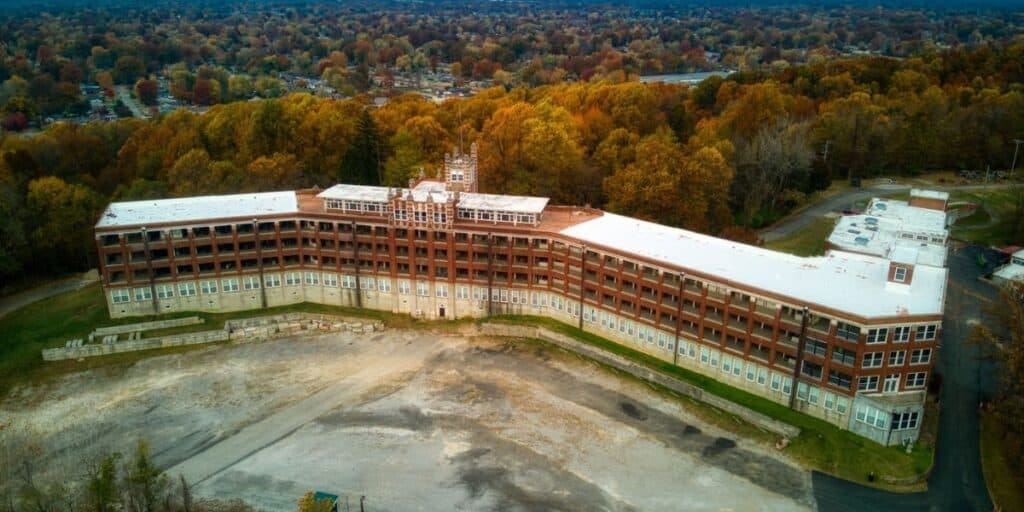
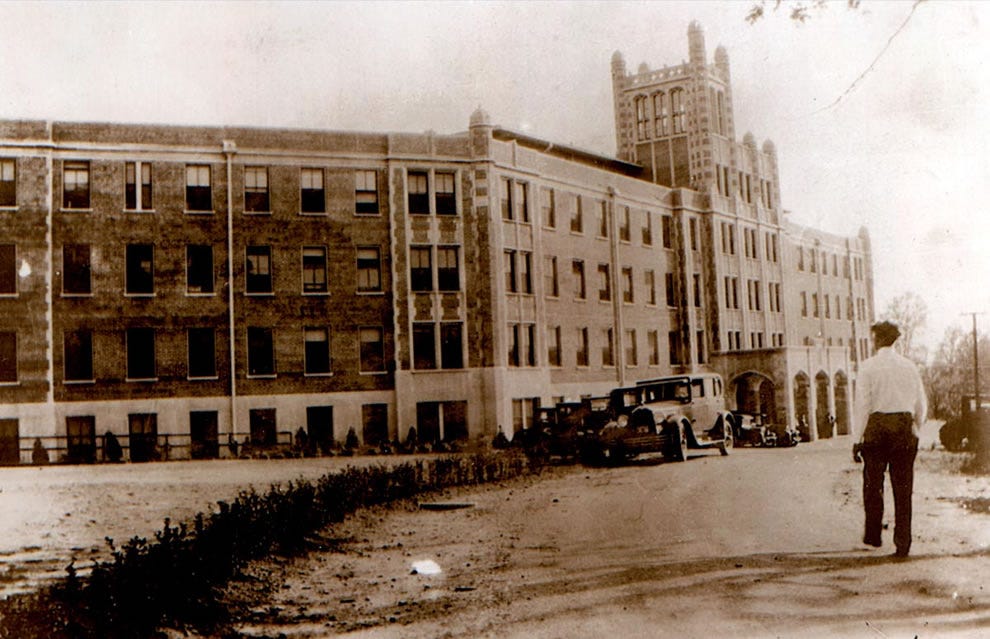
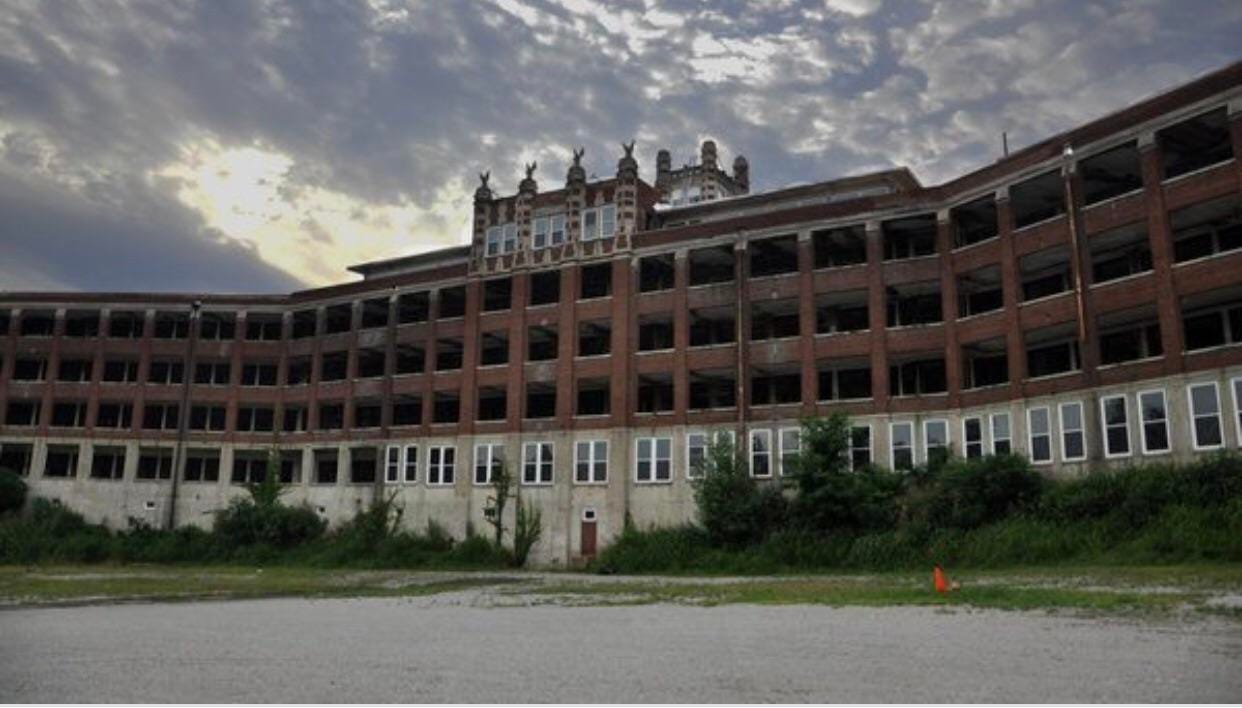
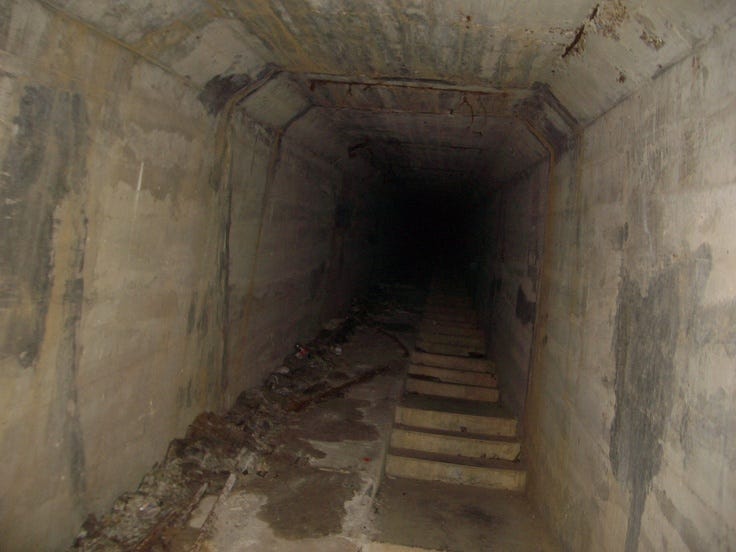
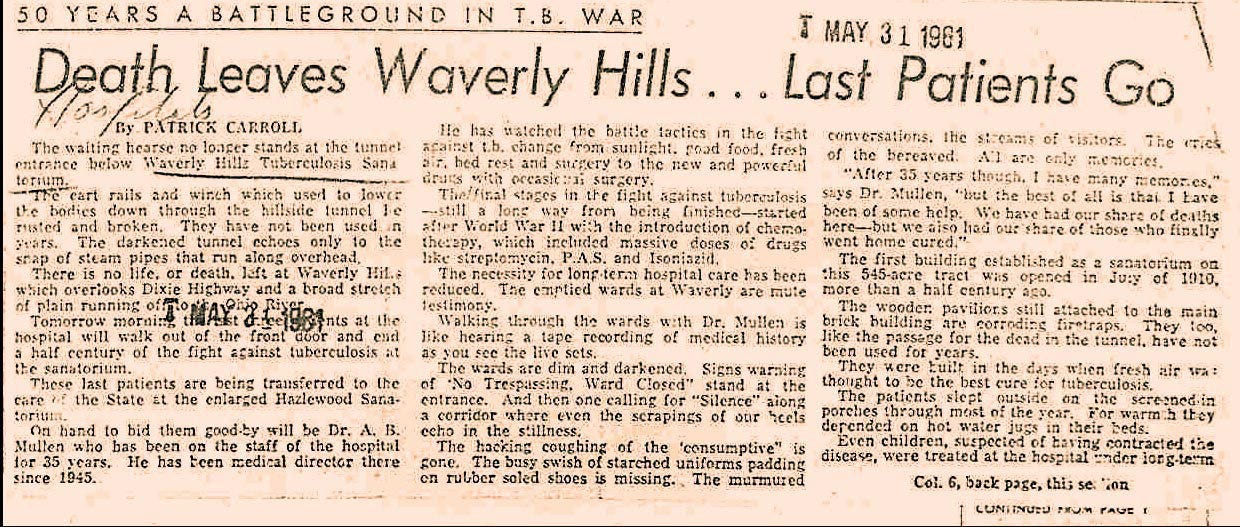
This one is on my bucket list!
I am from, and currently living in Lexington, KY. I have heard about Waverly Sanitarium my whole life. I know folks who have attempted the 'overnight tour', and had very weird and unaccountable things happen. This is the REAL DEAL… 💯🚨